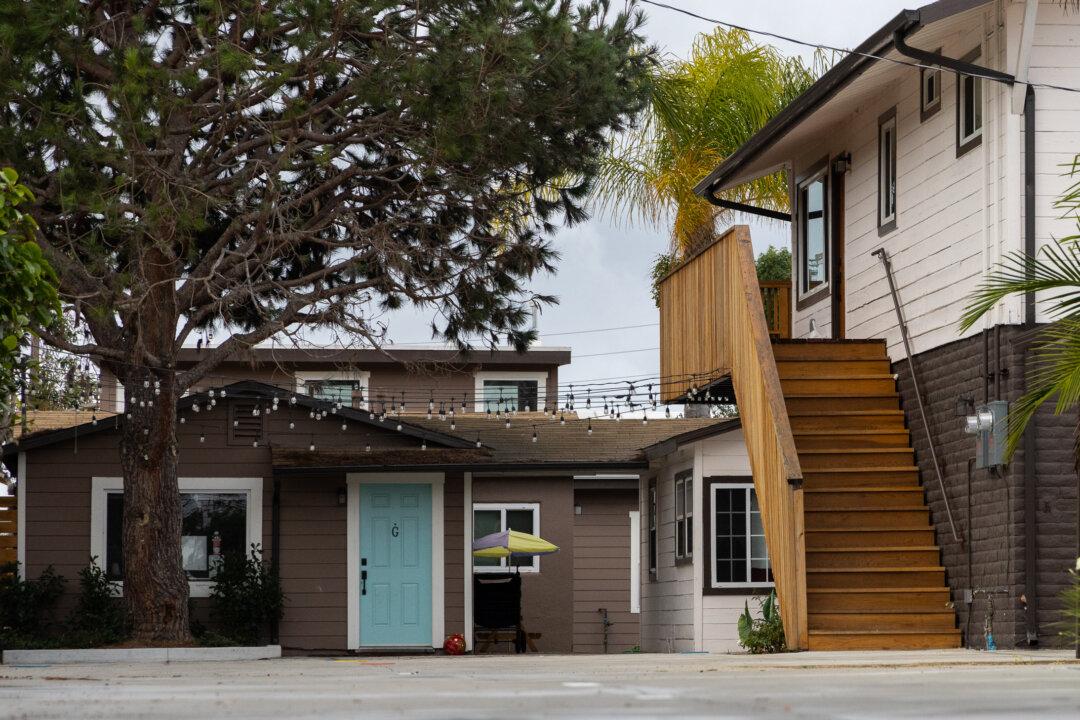Starting Jan. 1, California cities can choose to opt in to a new state law that allows homeowners to sell an accessory dwelling unit (ADU) in their home or backyard as a condo, as lawmakers aim to increase the state’s share of affordable housing.
“The lack of home ownership opportunities in most California communities for working families is contributing to the State’s growing population of renters and driving families out of state so that they can buy a home,” said Assemblyman Phil Ting (D-San Francisco)—who authored the legislation—in a recent Assembly Floor analysis of the bill.





